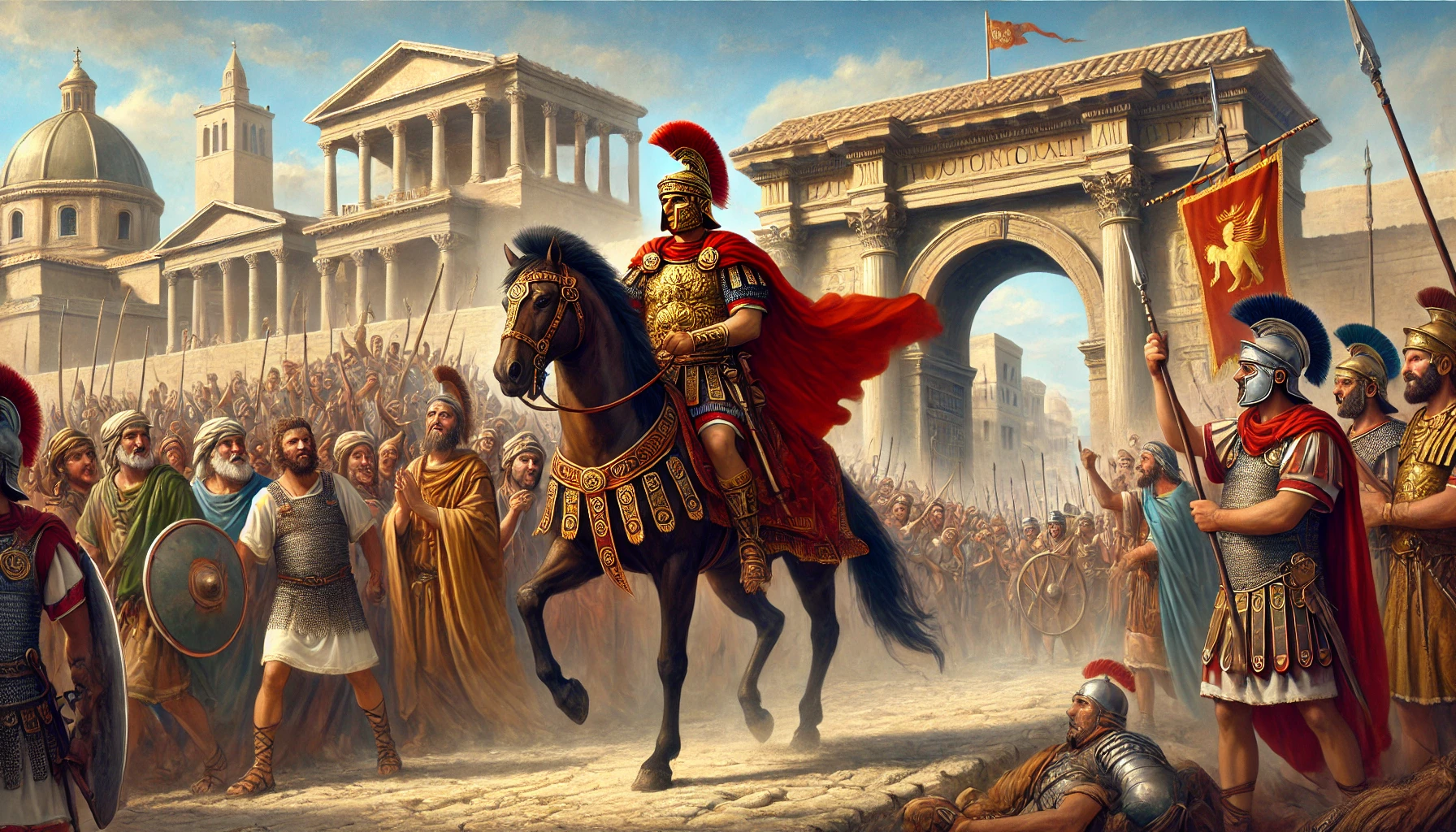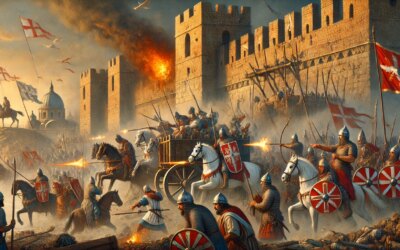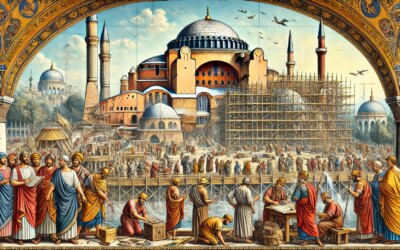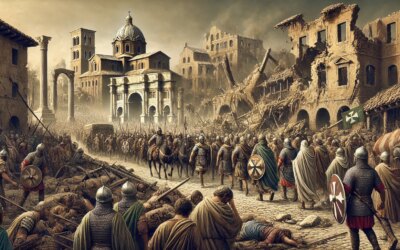Introduction: A General’s March into History
In 533 AD, under the ambitious reign of Emperor Justinian I, the Byzantine Empire launched a campaign to reclaim former Roman provinces from so-called barbarian kingdoms. At the forefront stood General Belisarius, tasked with recapturing Carthage from the Vandals. His success in this Vandalic War marked not only a military triumph but the beginning of a bold imperial revival—a dream to restore the Roman Empire’s past glory.
The Vandal Kingdom in North Africa
The Vandals, a Germanic people, had established their kingdom in North Africa after crossing into Roman territory in the early 5th century. By 439 AD, they had seized Carthage and turned it into the capital of a maritime power that challenged Roman supremacy in the western Mediterranean. Their conquest shocked the empire, and the sack of Rome in 455 AD under their king Genseric left a lasting stain on the city’s legacy.
Justinian’s Ambition and Belisarius’ Mission
By the 6th century, Emperor Justinian was determined to reconquer the lost western provinces. He chose Belisarius, already distinguished for suppressing the Nika Riots in Constantinople, to lead a limited force across the Mediterranean. In 533 AD, with roughly 15,000 men and 500 ships, Belisarius sailed for Africa—an audacious move considering the size of the Vandal kingdom and the logistical challenges.
The Battle of Ad Decimum and the Fall of Carthage
On September 13, 533 AD, Belisarius’ army clashed with Vandal forces under King Gelimer at Ad Decimum, just south of Carthage. Despite being outnumbered, the Byzantine general exploited confusion within the Vandal ranks and secured a decisive victory. Just ten days later, Belisarius entered Carthage unopposed, restoring the city to imperial control for the first time in nearly a century.
Victory and Consolidation
The war was not over. Gelimer regrouped but was decisively defeated again at the Battle of Tricamarum in December 533. By spring 534, he surrendered. Belisarius returned to Constantinople with the Vandal king and treasure in tow, receiving a triumphal procession—the first general in centuries to be so honored. The Vandal kingdom was abolished, and North Africa was reorganized as a Byzantine province.
Roman Rule Returns
With Carthage secured, the Byzantines began restoring Roman institutions and fortifications. Yet the region remained volatile. Internal revolts, Berber resistance, and religious tensions plagued the province for decades. Nevertheless, the reconquest demonstrated that the eastern empire, often labeled “Byzantine,” still considered itself the true heir of Rome—capable of reconquering its ancient heartlands.
The Genius of Belisarius
Belisarius’ campaign was a masterclass in leadership. With limited resources and operating far from Constantinople, he combined strategy, diplomacy, and discipline to outmaneuver larger Vandal forces. His restraint, notably in protecting Carthage’s citizens and avoiding looting, won the support of the local population. His reputation as Justinian’s most loyal and competent general was sealed by this campaign.
Conclusion: Carthage Reclaimed
The fall of the Vandal kingdom in 533 AD was a landmark in Justinian’s imperial project—a rare instance of Roman resurgence in a world slipping into post-imperial fragmentation. Belisarius, riding into Carthage under a clear Mediterranean sky, symbolized a fleeting but glorious return of Roman order. Though the dream of full restoration would ultimately fade, the campaign remains one of the most remarkable feats of arms in late antiquity.






